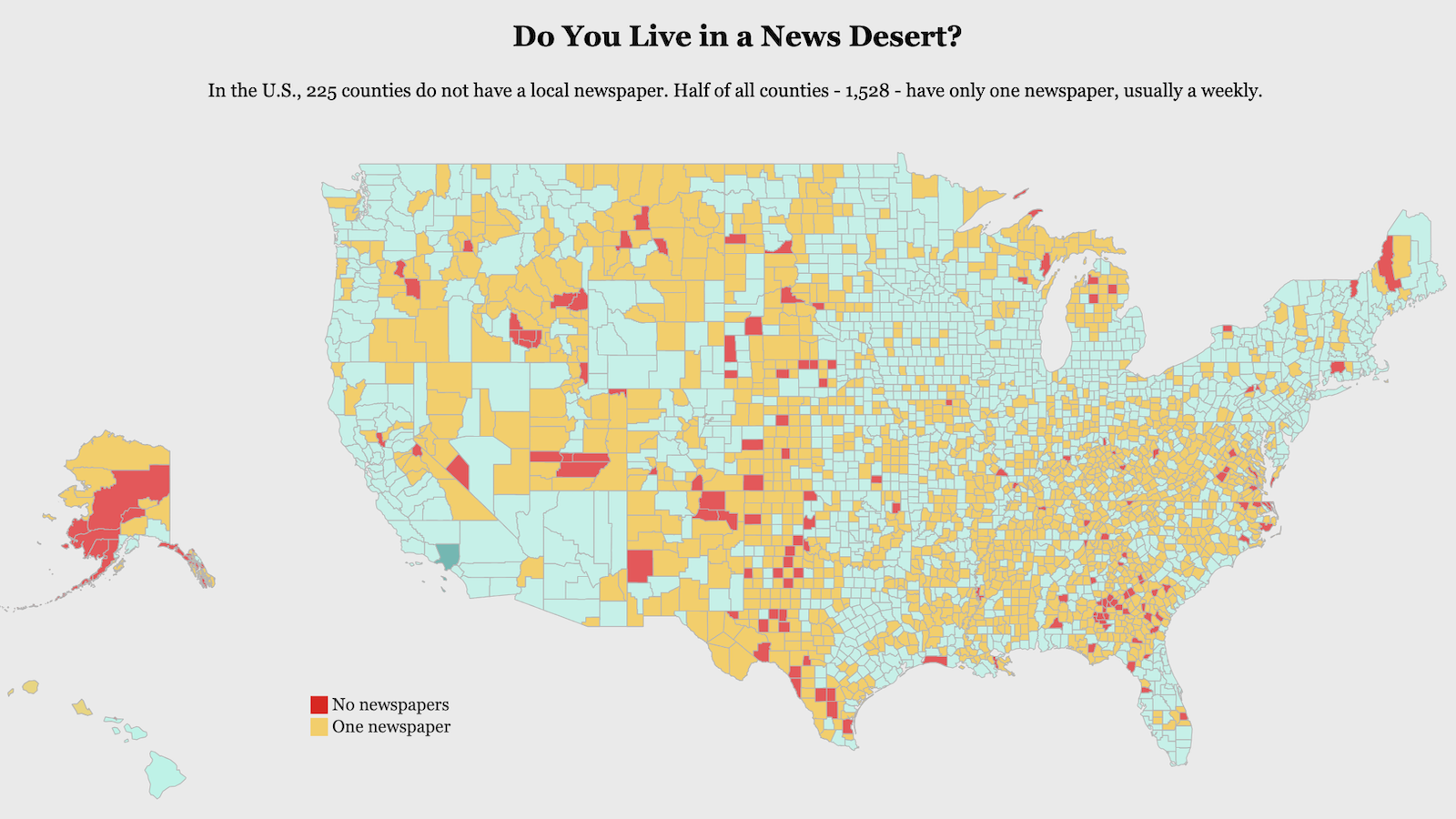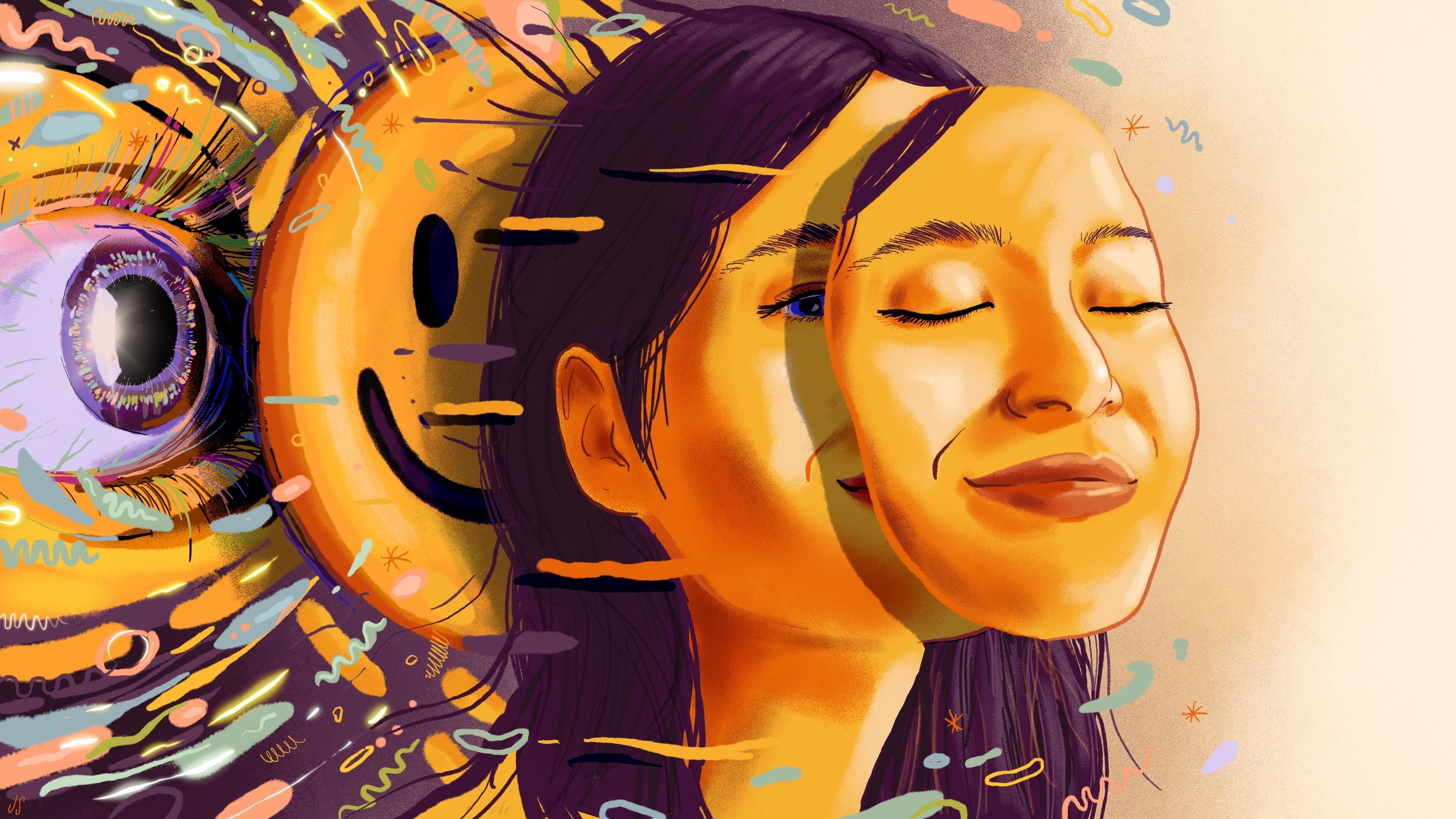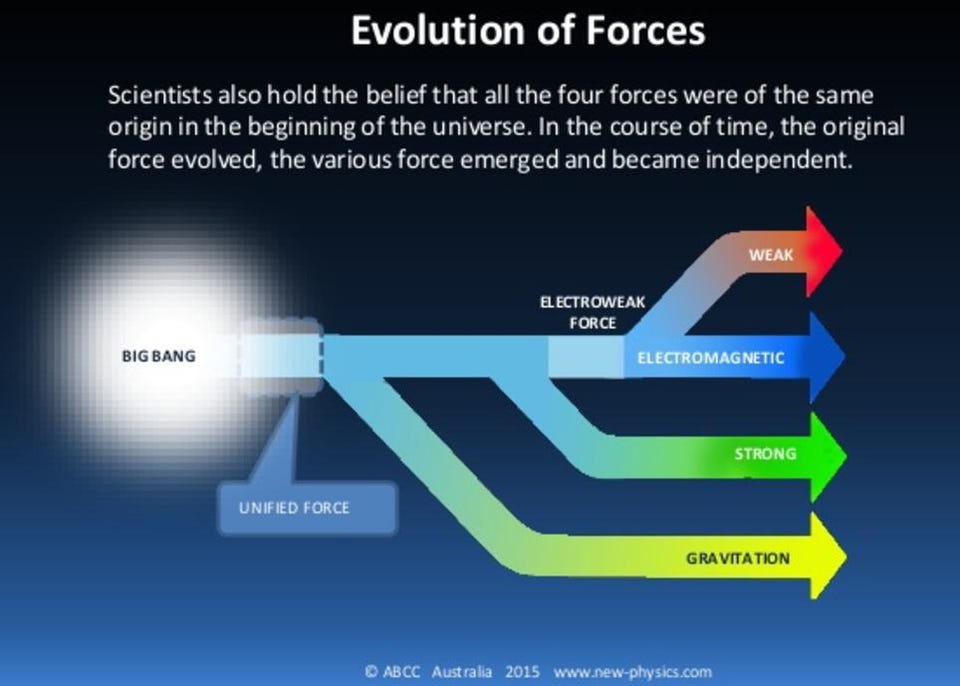What Should Today’s Executives and Managers Really Be Managing?

As an executive or leader in your organization, you’re managing many things: the company’s image, numerous projects, and a talented group of people. But you’re also managing many other important things, including the perception others have of you and your department, how distracted you and your team are on a daily basis, and many other things you may not even be aware of. For many people, these “other” things are just part of the job, how things have always been done, and the expected stressors of business.
But do they have to be that way?
Let’s start with perception. Why is managing perception important? Because perception is often more important than reality. And in fact, your reality will not be a happy one if you’re not managing perception.
You’ve likely seen many examples of how perception is more important than reality. For example, a stock might be beaten up horribly because of the way people view the company, whether that view of the company is accurate or not. The opposite is true as well. Consider what happened in real estate recently. Home prices went much higher than they should have been because the perception of the home’s value was much higher than reality. This was a major contributing factor to a real estate bubble, which as all bubbles do, burst before everyone’s eyes.
So the point is that perception is something you have to constantly mange. Whose perception? Everyone’s—the C-level executives, the employees, the customer’s customer, and most important, your own.
Therefore, ask yourself, “How do I perceive myself?” Do you perceive yourself as trying to keep up? Trying to protect and defend? Trying to integrate the new?
How you perceive yourself is going to reflect how others perceive you. So you need to perceive yourself and everyone in your department as a major competitive advantage and as a major strategic asset for the organization. As long as that’s how you perceive yourself and your team, that’s how you’ll act, and that’s how others will see you as well.
Plug Into Your Future
Equally important to managing perceptions is managing distractions (a.k.a., change). The fact is that in today’s marketplace, change is coming at us fast…and it’s only getting faster. That means organizations will be facing more problems than ever before.
One thing we know for sure is that most distractions or changes come from the outside in—external factors impact the organization. This causes people to react, crisis manage, and continually put out fires. But to be a strategic asset to your company, you can’t simply be a crisis manager; you also have to become an opportunity manager. The question is, how do you do that? The answer is to become an opportunity manager and plug into the future.
To be an opportunity manager and strategic asset for your organization, distraction is the enemy. To provide major new competitive advantage and to create new products, markets, and services, distraction is the enemy. Unfortunately, we have never been more distracted.
Not only is everyone in your organization distracted, but so is everyone in your competitors’ organizations. But in a way, this is actually good news, because it means there’s a huge competitive advantage in pulling out of that mess of distraction. To do so, though, takes leadership and discipline.
Realize that our distraction level has gotten worse over the years rather than better. Why? It used to be that we had several different realities. We had our home reality with our spouse and children, and we had our work reality with our co-workers. Often the spouse and kids didn’t know what we specifically did at work, and all the people in our work reality didn’t know much detail about our home reality.
We also had our leisure friends, or our personal reality. And we belonged to a club or church group and had that reality. Finally, we had our vacation time reality.
As we went through life, we would go from one reality to the other. This was a good thing psychologically because it allowed us to recharge. Then, when we went from one reality to the other, we were refreshed and mentally sharp.
Today, technology has allowed all those realities to become one reality. But before you blame technology for this merging of realities, realize it’s not technology’s fault. Technology is neither good nor evil. It’s all about how we use it. We have the choice whether to plug in or unplug. Therefore, to reduce the level of distraction in your own life, you need to understand the power of unplugging on a regular basis.
Unfortunately, most people are afraid to unplug, even when they’re on vacation. They believe something might happen, so they have to be always connected to work. But this means they’re never really on vacation, and when they’re home, they’re not really home; they’re always working.
But if your people are always working, how well are they functioning? The answer: not very well. They’re certainly not as creative and innovative as they need to be. And if you’re not unplugging on a regular basis, then you’re not as creative and innovative as you need to be either.
Unplug and Recharge
Unplugging leads to better results in all areas of life. Realize that your mind is always working on a subconscious level to solve your business problems. No matter what you’re doing, your subconscious is at work. Have you ever noticed that your best business ideas tend to come when you’re working on or doing something else, whether walking the dog, woodworking, or playing with your kids? Great ideas often do not occur when you’re in the midst of trying to come up with one. It’s when you’re in one of those other realities that many business issues get solved. However, if you never unplug, you develop something called “blur,” when all the realities blend together and your mind never gets a chance to rest and recharge.
The good news is that you can be a responsible employee or executive and still have a life. But since there are no guidelines on how to do that, you have to create them for yourself, for your team, and for your organization.
First, it’s time to stop thinking in terms of just productivity. While you may think that working all the time means you’re more productive, you have to ask yourself if that’s really the case. Maybe you’re not able to be as creative and innovative as you need to be. Maybe you’re not tapping into the fresh perspective that unplugging yields you.
Next, be disciplined and create strict guidelines for yourself. At a certain time in the evening, close the laptop and turn the phone off. Detail when you’re allowed to work and when you’re not. This may seem extreme at first, but even though we’re adults, we often act like children and need the same rules and guidelines that kids do.
If your kids have an X-Box, a Playstation, a computer with unlimited Internet access, and a Facebook and Twitter account, and if they can use these things whenever they want, they tend to act like the little monkey that keeps pushing the button that gives him food. That’s why parents set rules: “Do your homework before you play.” “Only one hour of TV after school.” “Turn off the computer at 9 p.m.” Because you want well-rounded kids, you encourage certain behaviors and activities. You send your kids to sports and dance lessons, help them learn a new language or how to play an instrument, and make sure they have enough time for rest. You know that your child will not be well-rounded if you let them decide what to do, as they’ll tend to focus on just a few things.
Adults are no different. That’s why you need to come up with your own guidelines in terms of when to plug in and when to unplug.
So is there a time to be thinking strategically, a time to be mapping out that next project, and a time to focus on innovation? Or are you going to get to those things “someday” because you’re constantly checking emails or troubleshooting?
Granted, you may not be able to change everyone else and get them to unplug, but you can start by changing yourself and then grow it outward. Can’t change the world? Then don’t. Can’t change your company? That’s okay. Start with yourself and then bring it to your team. They’ll bring it to their team, who will bring it to their customers, who will bring it to another group. Very soon, you and many others will start realizing the real benefit of taking control of your life, unplugging from work, and harnessing the creativity and innovation you never knew you had.
Your Future Awaits
At the end of the day, being able to manage perceptions and distractions is just as important as being able to manage people and projects. When you focus on managing what’s important, you’ll open yourself up to a whole new world of possibilities. So don’t wait for your future to unfold randomly, only to end up in a place you don’t want to be. Instead, invest the time into yourself and watch your success grow.
###
DANIEL BURRUS is considered one of the World’s Leading Futurists on Global Trends and Innovation, a top LinkedIn Global INfluencer, and is the founder and CEO of Burrus Research, a research and consulting firm that monitors global advancements in technology driven trends to help clients understand how technological, social and business forces are converging to create enormous untapped opportunities. He is the author of six books including The New York Times best seller Flash Foresight. Follow Daniel on Twitter and LinkedIn. www.burrus.com





